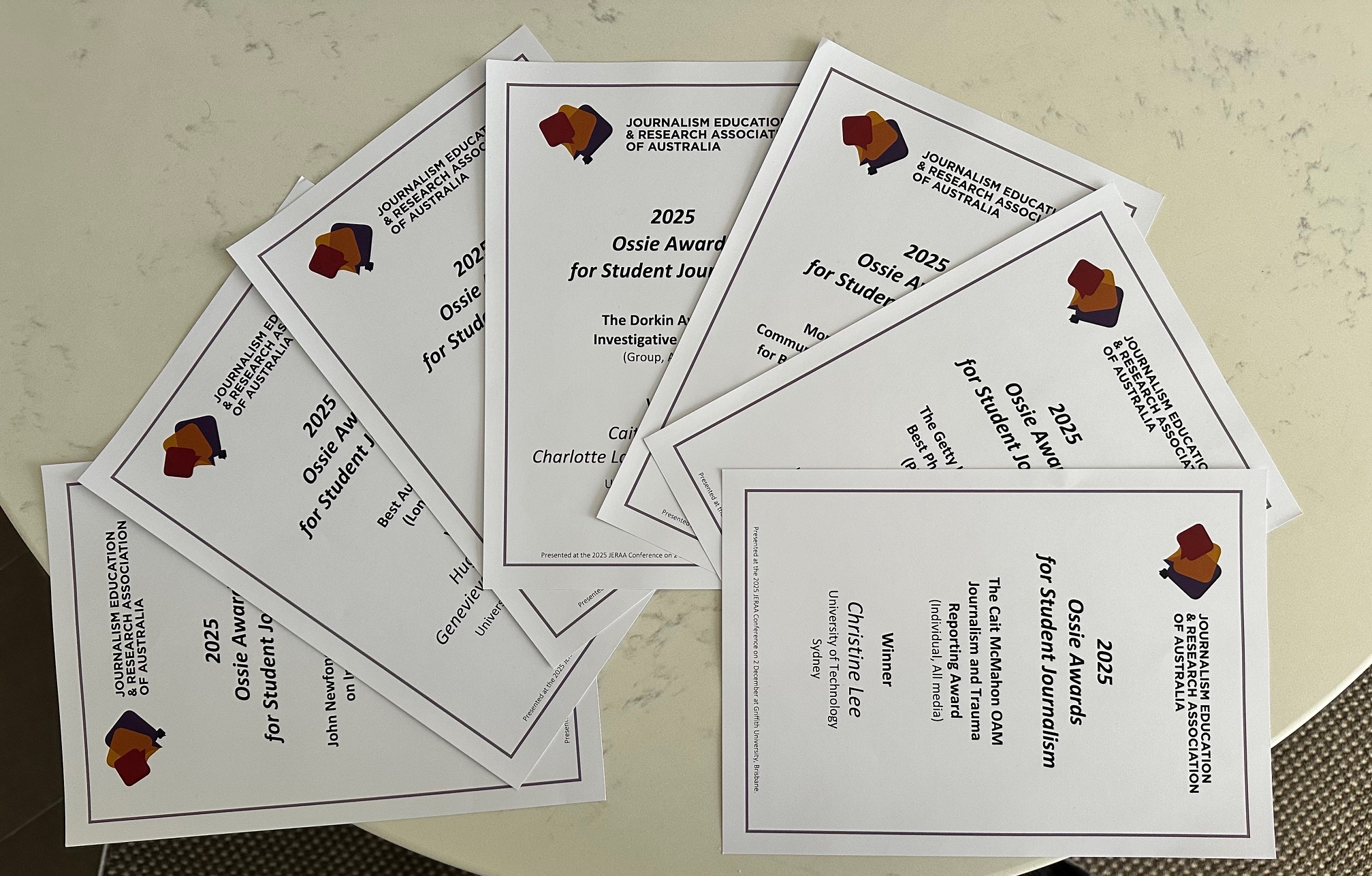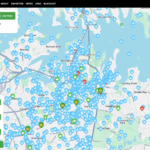A Hills Hoist, swimming pool and barbeque are what is typically expected to be found in an ideal Australian backyard. However, in the backyard of proud bee enthusiasts Anna Scobie and Kelly Lees lies a 240 square metre towering forest, providing an opportunity to observe native bees in the Hunter region.
Scobie and Lees are the proud owners of Urban Hum, a small beekeeping enterprise located in Newcastle. The detection of the varroa mite at the Port of Newcastle in mid 2022 soon led to the closure of their beekeeping business, alongside the eradication of over 28,000 European honeybee hives across the Hunter region.
Their old beehives sat in their backyard as a reminder of all that had been lost. Determined to make use of the space, the Tiny Forrest was formed.
Scobie explained, “The Urban Hum Tiny Forrest came about through a community project.”
“We had lost our business, we now had time, we were focusing on how we revitalise our yard and how we get involved with the community,” she said.
“We were able to do workshops and be at the markets and chatting to lots of people and be involved,” Scobie added.
Now, not only does the Tiny Forest foster community engagement, support biodiversity and absorb carbon, it provides a unique window to support and study native bees in the Hunter region.
Lees, a honeybee education officer, said “lots of people have been getting colonies of stingless bees”, referring to the Tetragonula carbonaria, a type of native stingless bee within the Hunter region, “and noticing more of the native bees around.”
“Native bees definitely have a place in suburban gardens for sure. Particularly the stingless bees, they don’t require any maintenance, they are easy to look after – you just put them in the correct location.”
Both Scobie and Lees have been noticing an uptake in community members owning stingless bee colonies and purchasing native bee hotels, which attract native bees into backyards and community gardens as a place of refuge.
“Definitely more interest in having the native bee hotels and people thirsting for information about native bees, having been drawn to the fact that honeybees have been eradicated. Although we can have them again, people are nervous.”
“They aren’t an entire solution to the varroa mite. But they are a good solution locally.”

Native beehive located outside the tiny forest. Photo: Grace Newton.
President of the Hunter Valley amateur beekeeping association, Paul Peterson, acknowledges that “just about all our members lost all their hives.”
“There were a whole lot of mixed emotions with what was going on, so there were a lot of people that were very angry.”
“It’s pretty disastrous but it’s not the end – there is a future out there but it’s going to be very different.”
This difference can include the greater focus on native bees in terms of pollination and providing a comfort towards regaining excitement within the bee industry, even if it is on a much smaller, backyard scale.
“With native bees, they’re not a replacement for honeybees. If you look at it from a couple different aspects, from the aspects of honey production, and other hive products, like wax and royal jelly and propolis and pollen, all the other products – you don’t get the quantities of those from native bees.”
However, Peterson reinforces, “native bees are good for pollination, specifically for certain plants”.
“It’s a part solution, but they are looking at different kinds of insects for pollination as well, if we are going to lose a whole lot of honeybees, which we will.”
Within the Hunter region, the Tetragonula carbonaria is the most commonly kept native bee species.
A hive of Tetragonula carbonaria is home to around 5,000 to 10,000 bees and can produce up to 1kg of honey. A hive of the European honeybee can produce up to 20kg-50kg of honey.
So, whilst native bees are a part of the solution in terms of pollination and bringing excitement about bees back into the community, “you don’t have the population size and the quantities out there in the environment to fully replace the European honey bee in the context of where we are in Australia here.”
“It isn’t the pollination solution for the wider agricultural community, but for backyard veggie growers,” Scobie said.
Lees nodded in agreement, “There is definitely a place for them.”
When asked what the Tiny Forest will look like in ten years, both Scobie and Lees harmoniously answered, “hopefully we will be running regular workshops about native bees, native plants, tiny forests and suitable practices in general. It’ll be a space where the community can access and be amongst nature but not too far from town.”
Main image by Grace Newton.
*The Constructive Journalism in Communities (CJIC) project has been made possible by the philanthropic support of AGL for regional communities. UTS has maintained full editorial control and independent journalistic standards.



























